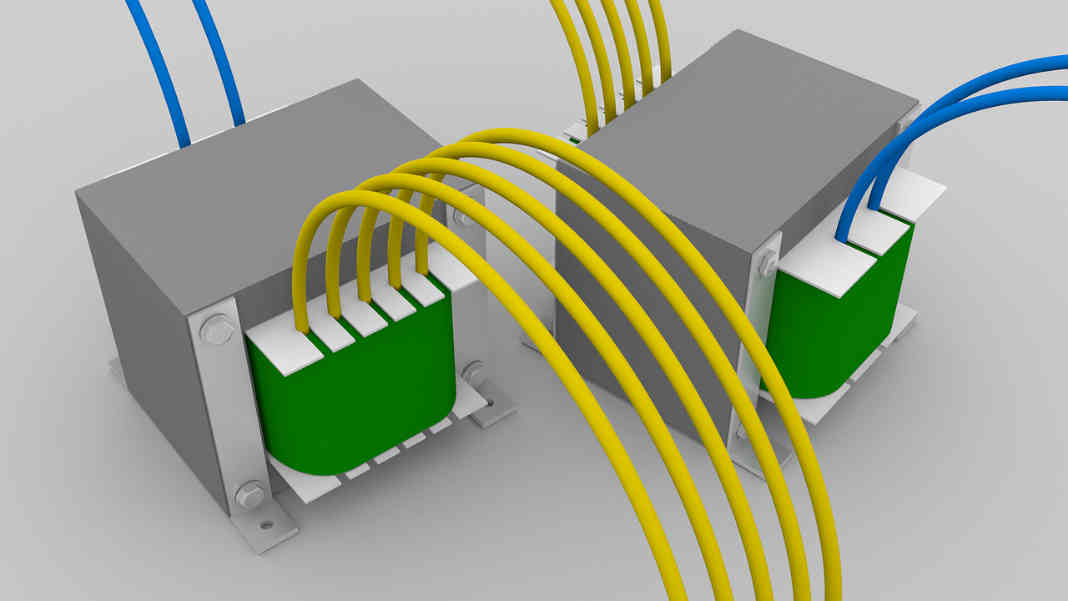Problems of Magnetic Saturation in Transformers
Magnetic saturation is a significant issue that can occur in transformers. It arises when the magnetic core of the transformer reaches a point where it cannot further increase its magnetic flux density despite an increase in the applied voltage or current. This phenomenon leads to several problems, including efficiency loss, problems in voltage regulation, overheating, high current draw, distorted waveforms, permanent core damage, humming noise etc.

Loss of Efficiency: When a transformer core becomes saturated, it experiences increased core losses. These losses are mainly due to hysteresis and eddy currents in the core material.
Overheating: In saturated transformers, the primary current increases disproportionately with respect to the secondary current. The excess heat generated reduces the efficiency of the transformer and leads to temperature rise.
Overload: Saturation of transformer can lead to increase in current drawn from the source, leading to overload conditions and potential damage to the transformer and connected equipment.
Distorted Waveforms: Magnetic saturation can cause waveform distortion, especially when dealing with non-linear loads. The output waveform may become non-sinusoidal, leading to harmonic currents and voltages that can interfere with other connected equipment and cause power quality issues.
Voltage Regulation Issues: Saturation can cause voltage regulation problems in the transformer. As the magnetic core reaches its saturation point, the increase in applied voltage results in a disproportionately small change in output voltage. This can lead to voltage fluctuations and poor voltage regulation in the transformer.
Audible Noise: Saturation can cause the transformer to produce audible noise due to magnetostriction effects in the core material. The noise can be annoying and indicate an operational issue.
